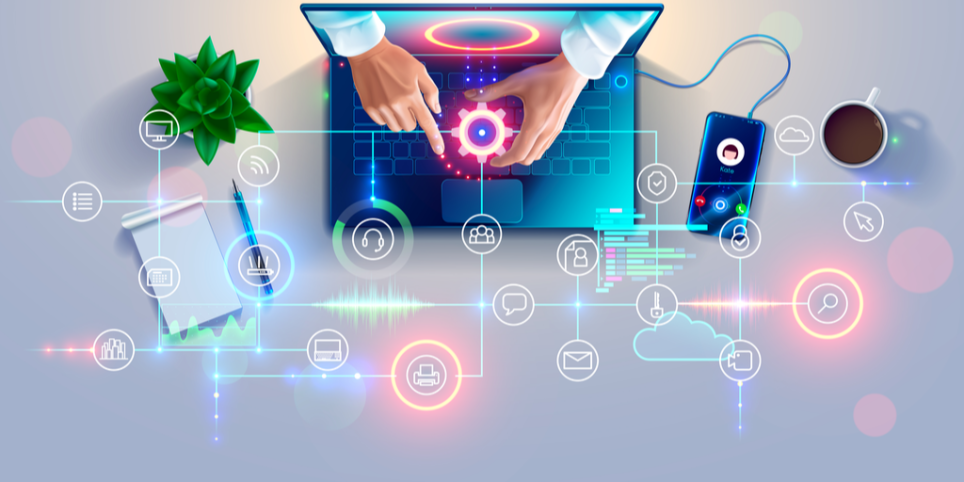Linux Remote Control Hub
Remote access to Linux systems is a critical component of modern IT infrastructure management. It enables administrators to maintain and troubleshoot servers and devices efficiently. However, ensuring the security of these connections while streamlining management can be a complex challenge. In this technical content brief, we will explore a solution that combines centralized control, security measures, and template-based management for remote access to Linux systems.

Key Components
- Centralized Controller: A centralized controller serves as the hub for managing remote access to Linux systems. It provides a single point of entry, simplifying administration and monitoring. This controller should support role-based access control (RBAC) to restrict access to authorized users only.
- Security Measures: Security is paramount when dealing with remote access. The solution should incorporate robust security protocols, including encryption (SSH or SSL), multi-factor authentication (MFA), and IP whitelisting. Additionally, it should offer comprehensive auditing and logging capabilities to track all access activities.
- Template Creation: Templates are pre-configured settings for accessing Linux systems. Administrators can create templates tailored to specific use cases, which can include various settings such as user permissions, port configurations, and firewall rules.
- Template Execution: Once templates are created, they can be applied to multiple Linux systems simultaneously. This ensures consistency and reduces the risk of misconfigurations. Administrators can also modify templates and update configurations across the entire network effortlessly.
Benefits
- Enhanced Security: The combination of encryption, MFA, and IP whitelisting ensures that only authorized users can access Linux systems, reducing the risk of unauthorized access.
- Efficient Management: Centralized control and template-based management simplify administration tasks. It reduces the time and effort required for routine configuration changes and updates.
- Scalability: As your infrastructure grows, this solution scales seamlessly, allowing you to manage an increasing number of Linux systems without added complexity.
- Compliance: The auditing and logging capabilities help meet compliance requirements by providing a detailed record of all remote access activities.
Use Cases
- Data Centers: Managing Linux servers in data centers can be streamlined with centralized control and templates. It ensures that all systems follow the same security and configuration standards.
- Remote Offices: Administrators can remotely access and manage Linux devices across various remote offices, maintaining consistency and security.
- IoT Device Fleets: For IoT deployments, this solution provides a secure means to access and update Linux-based IoT devices at scale.
Conclusion
Remote access to Linux systems doesn't have to be a complex and security-compromising task. By implementing a solution that combines centralized control, robust security measures, and template-based management, organizations can ensure efficient and secure remote access while maintaining consistency across their Linux infrastructure. This approach not only enhances security but also simplifies administration, making it an invaluable tool for IT professionals managing Linux environments.
Start Your Free Trial Now
Try NetsysAI for free with no commitments. No credit card required.
NetsysAI Pvt Ltd
Registered Office:
Fairway Business park
survey no 10/1 11/12 and 12/2B of Challaghatta Village Next to 'Embassy Golf Links' in Domlur Banglore
Karnataka 560 001 India,
+9180-6193-9326
Email: support@networkai.net
Company
Solutions
Products
-ts1700808763.png?ts=1711619098)